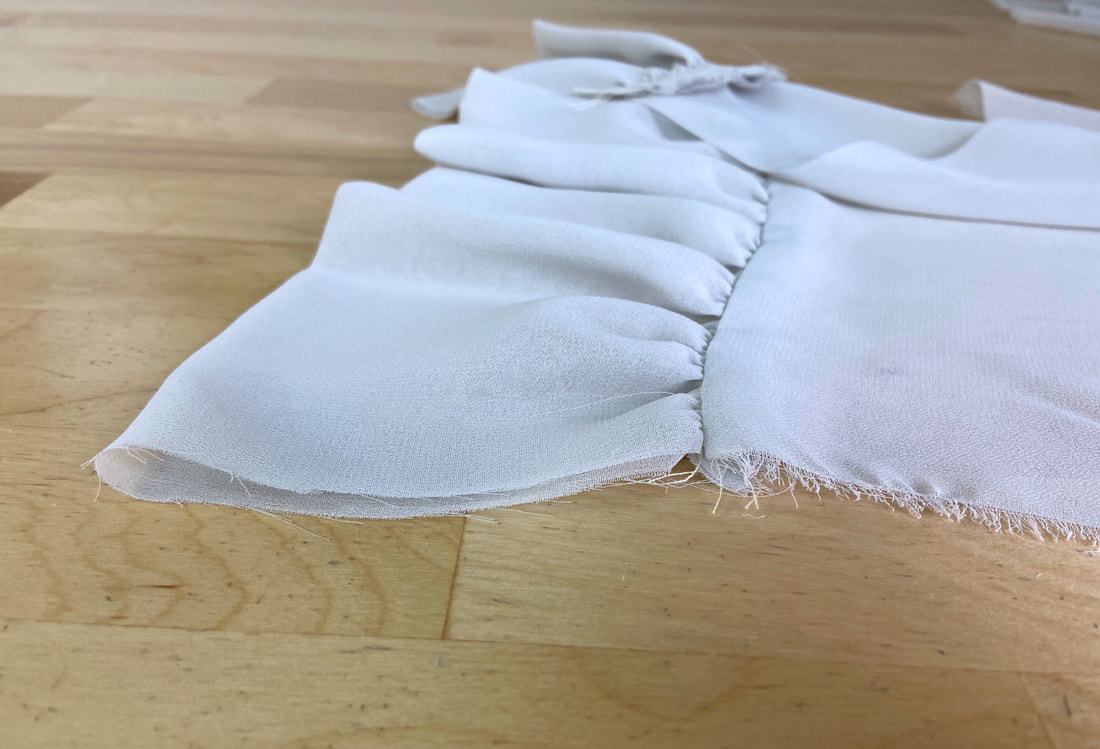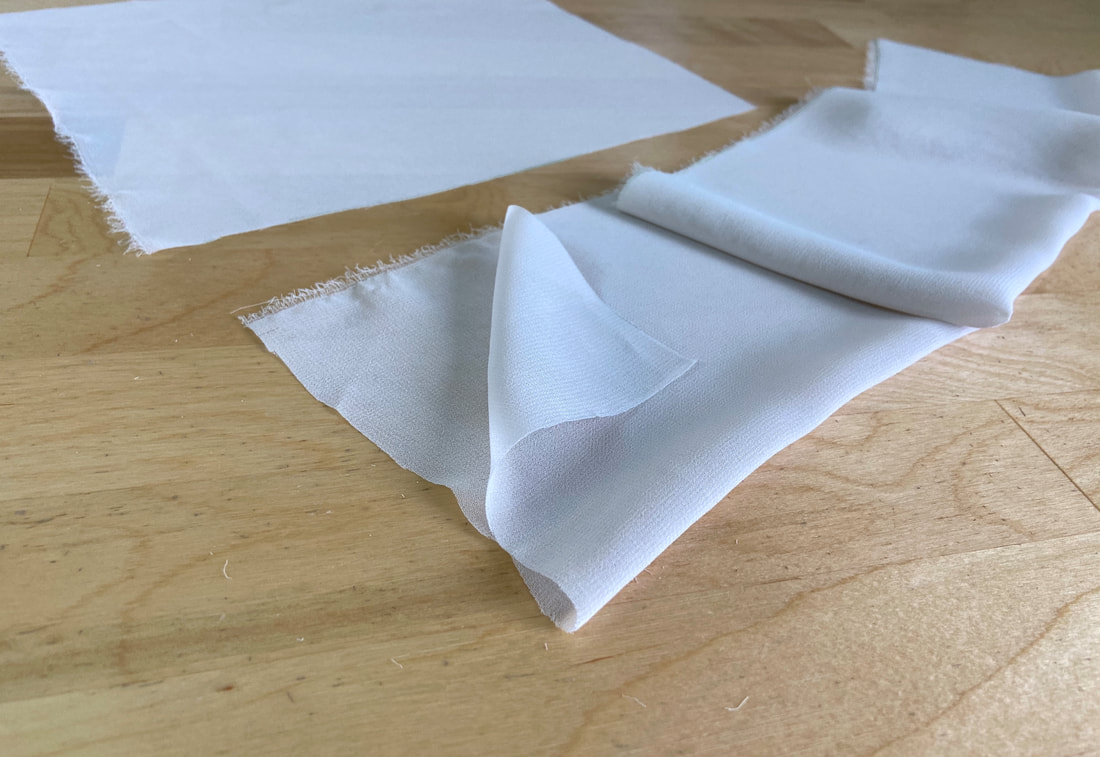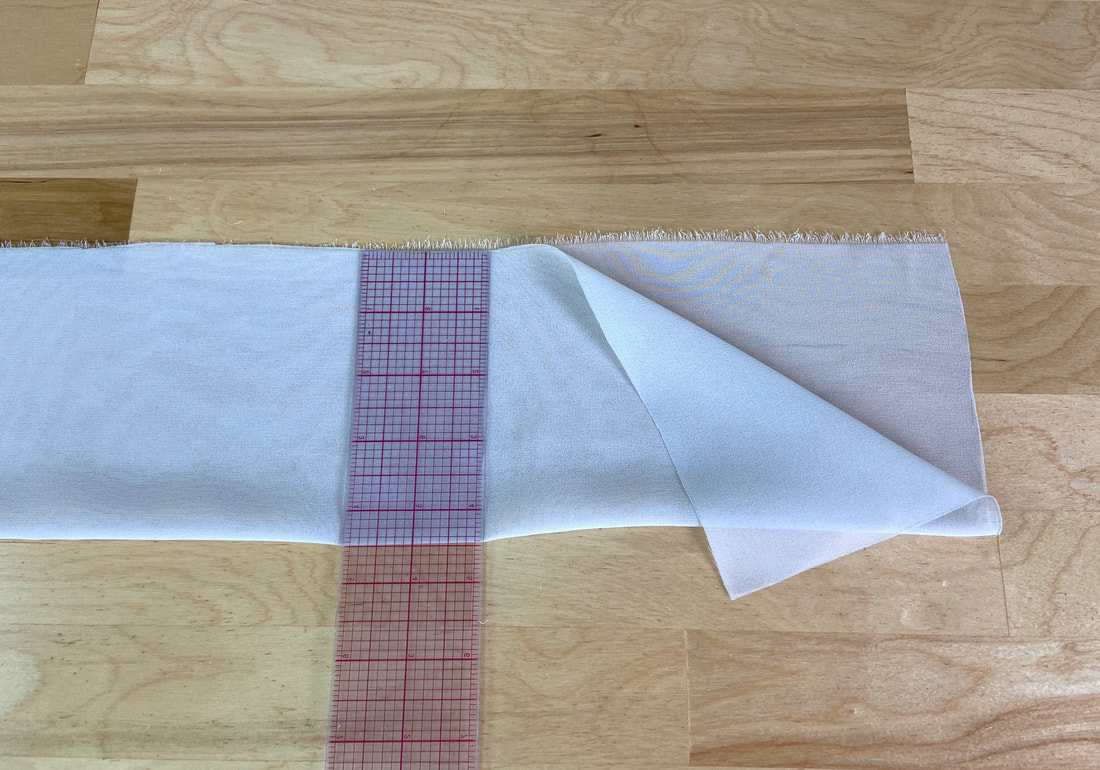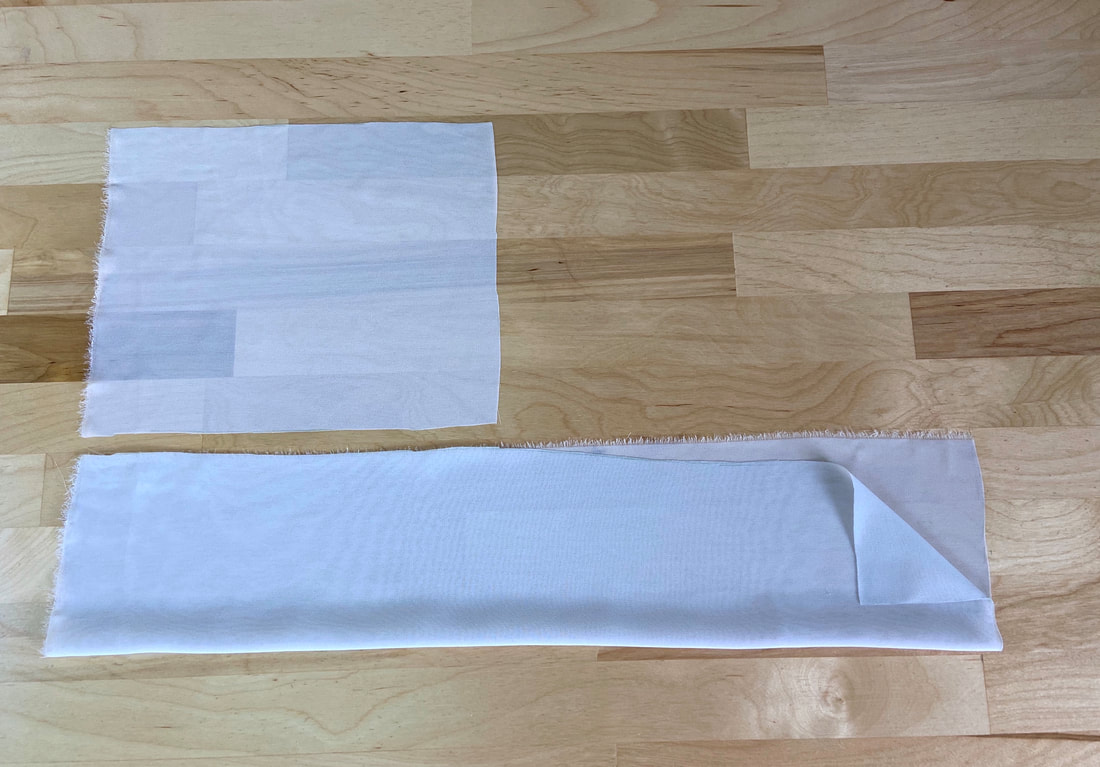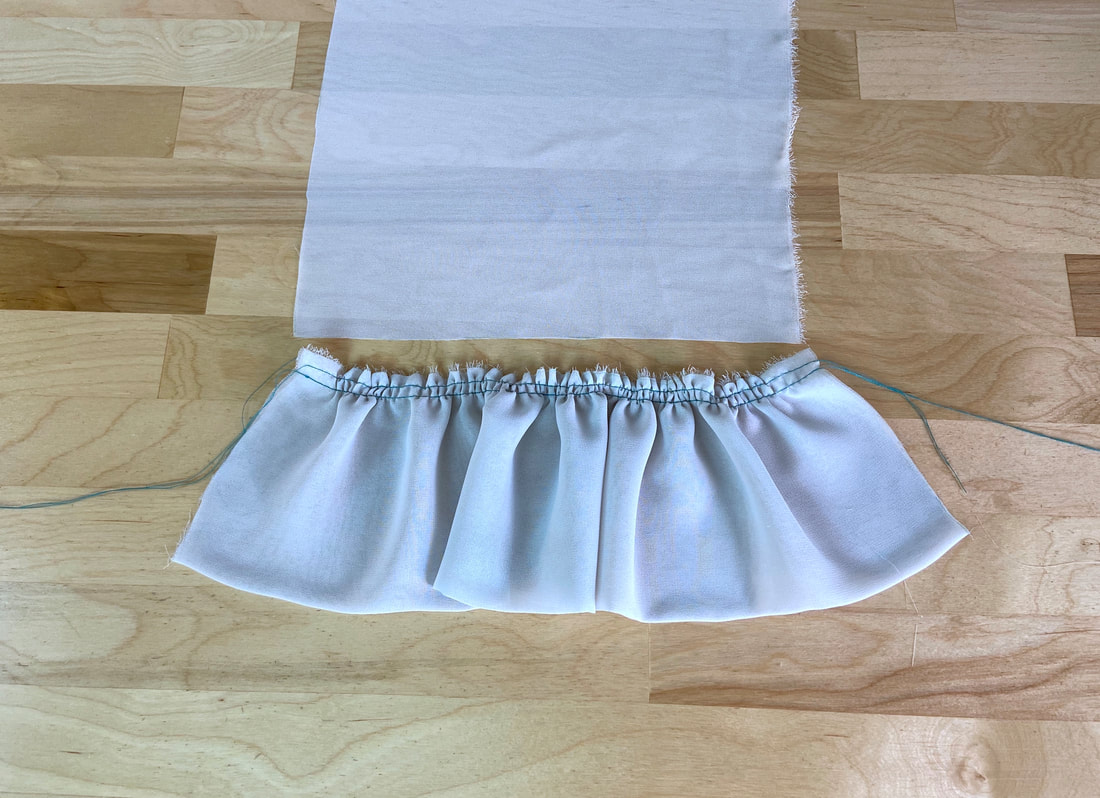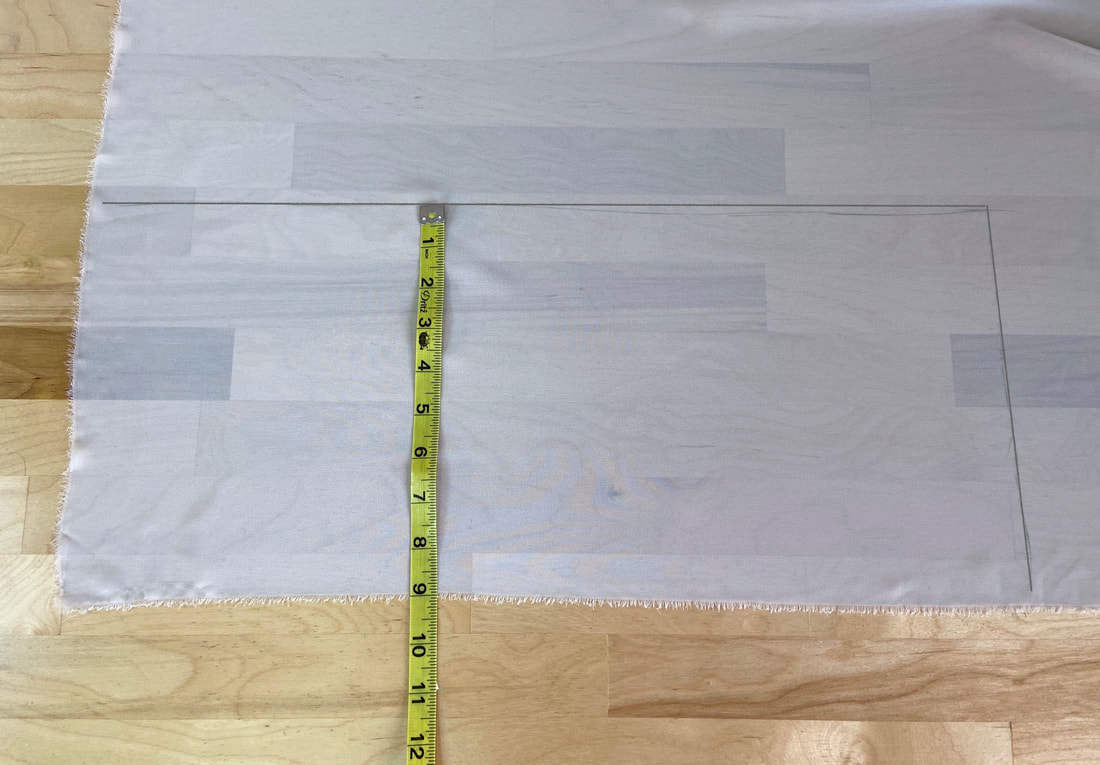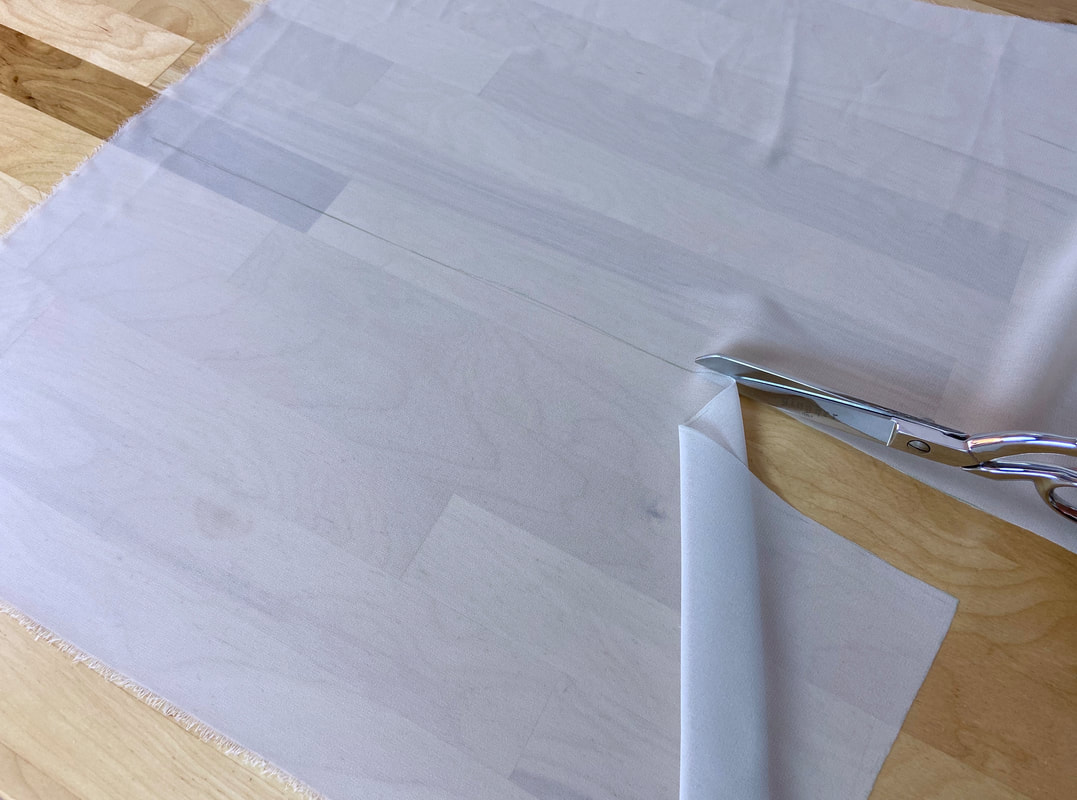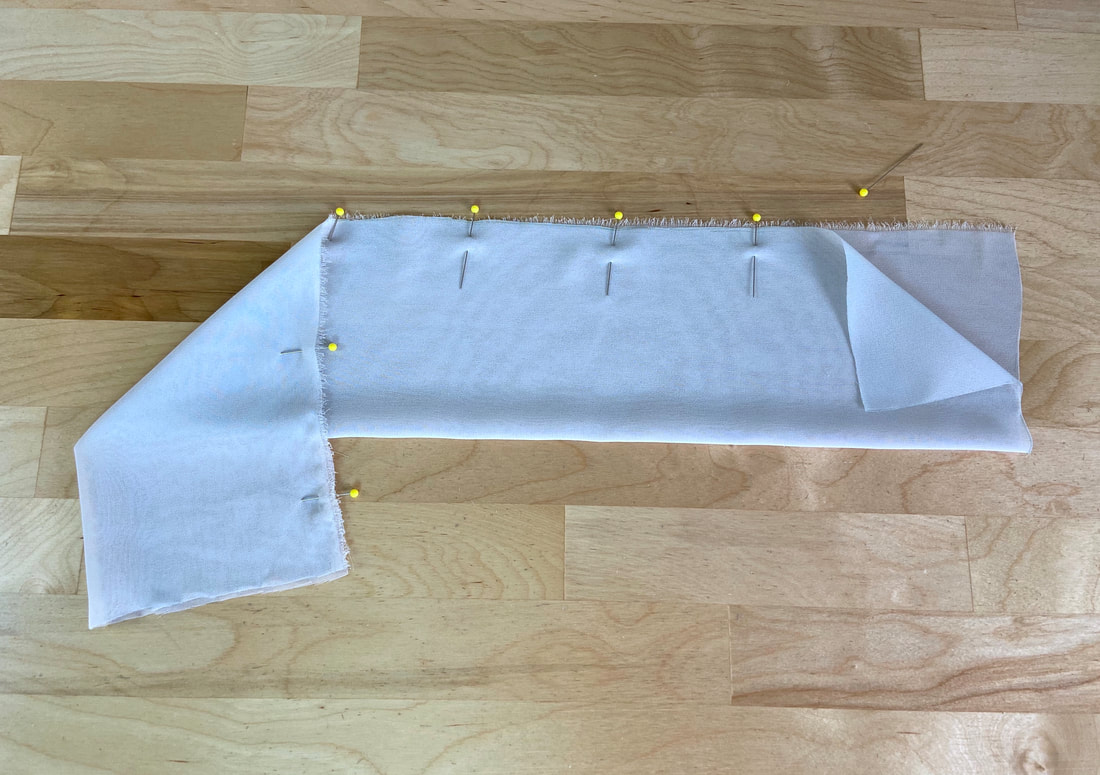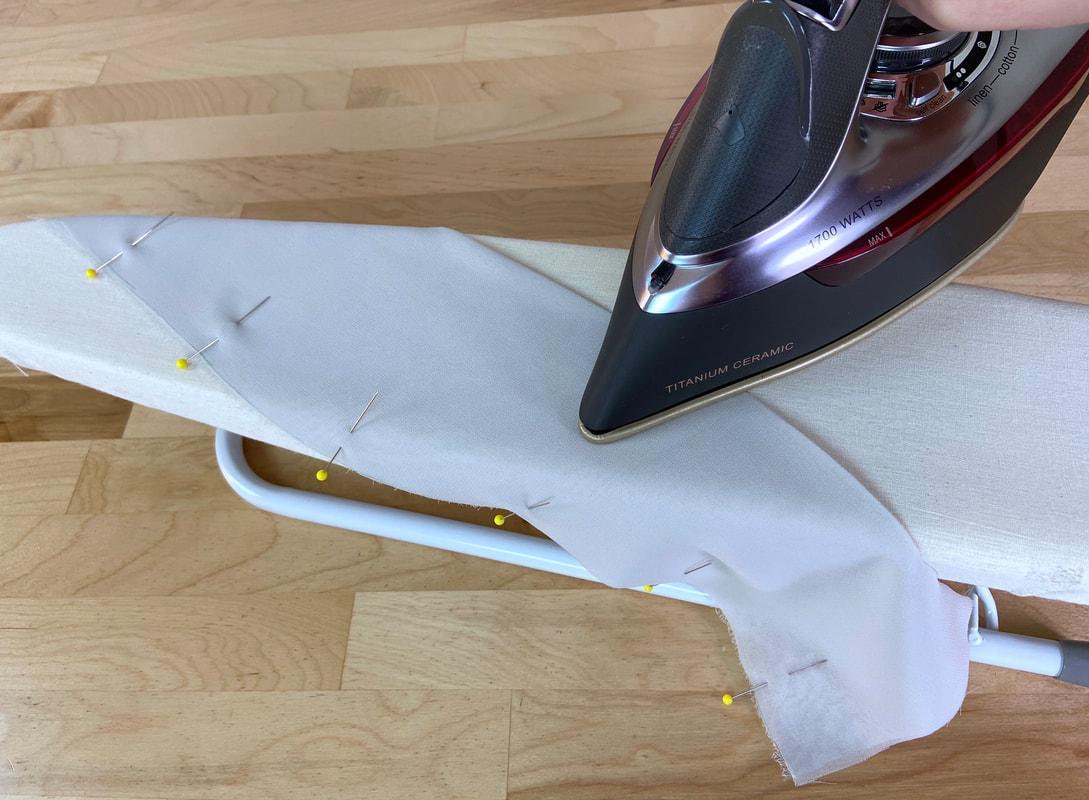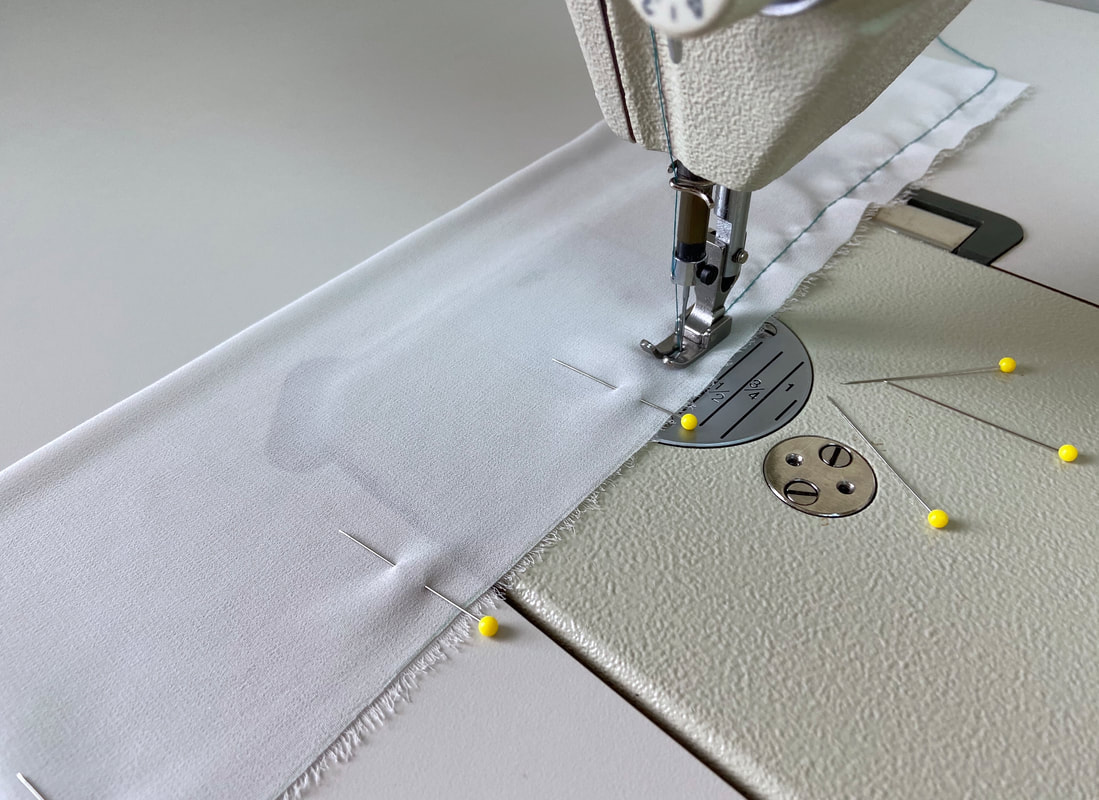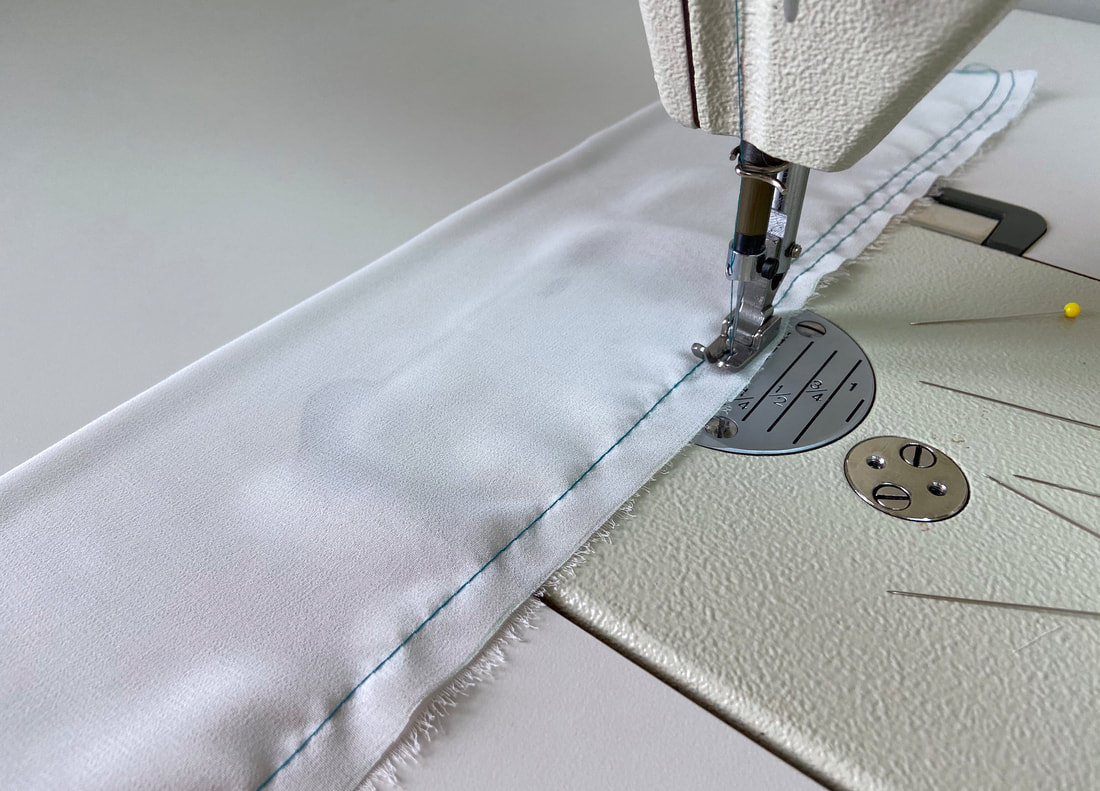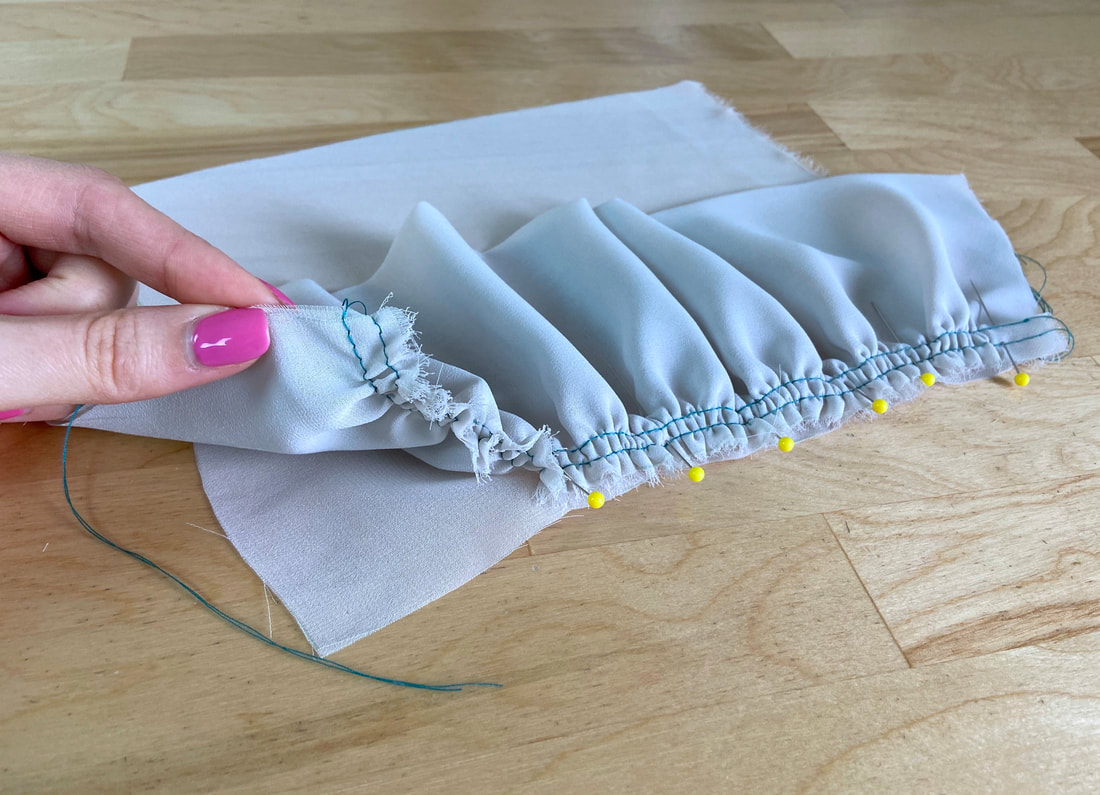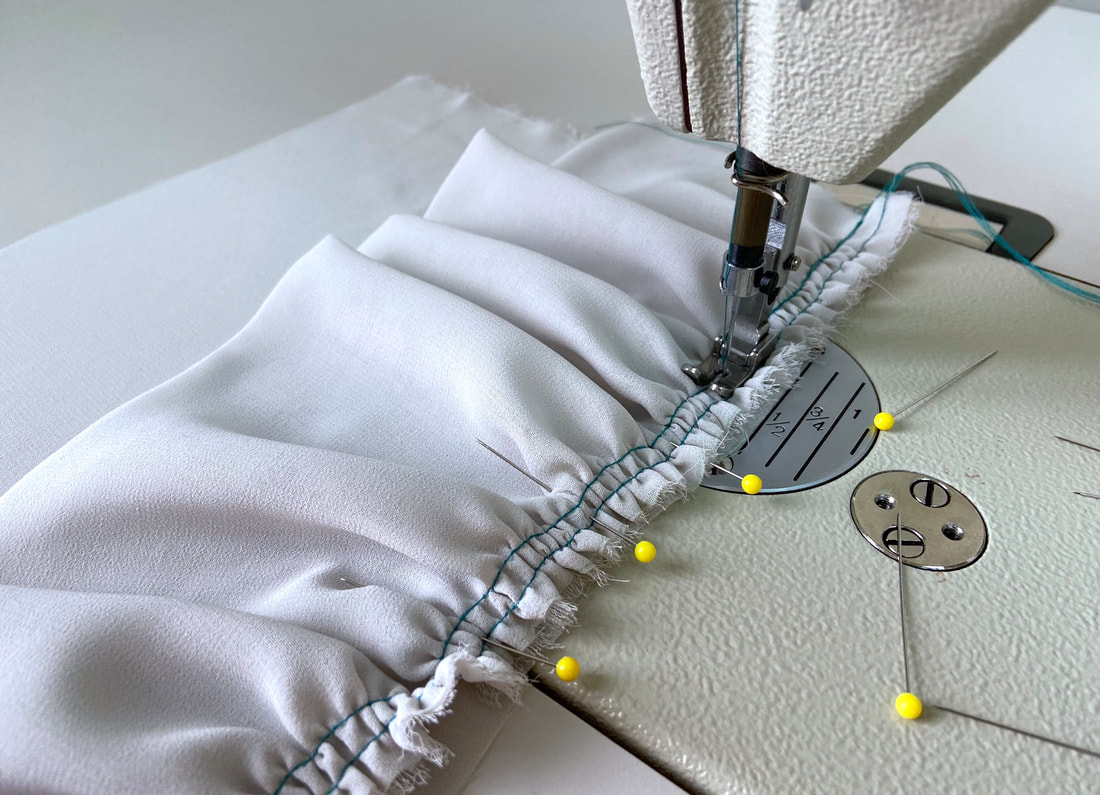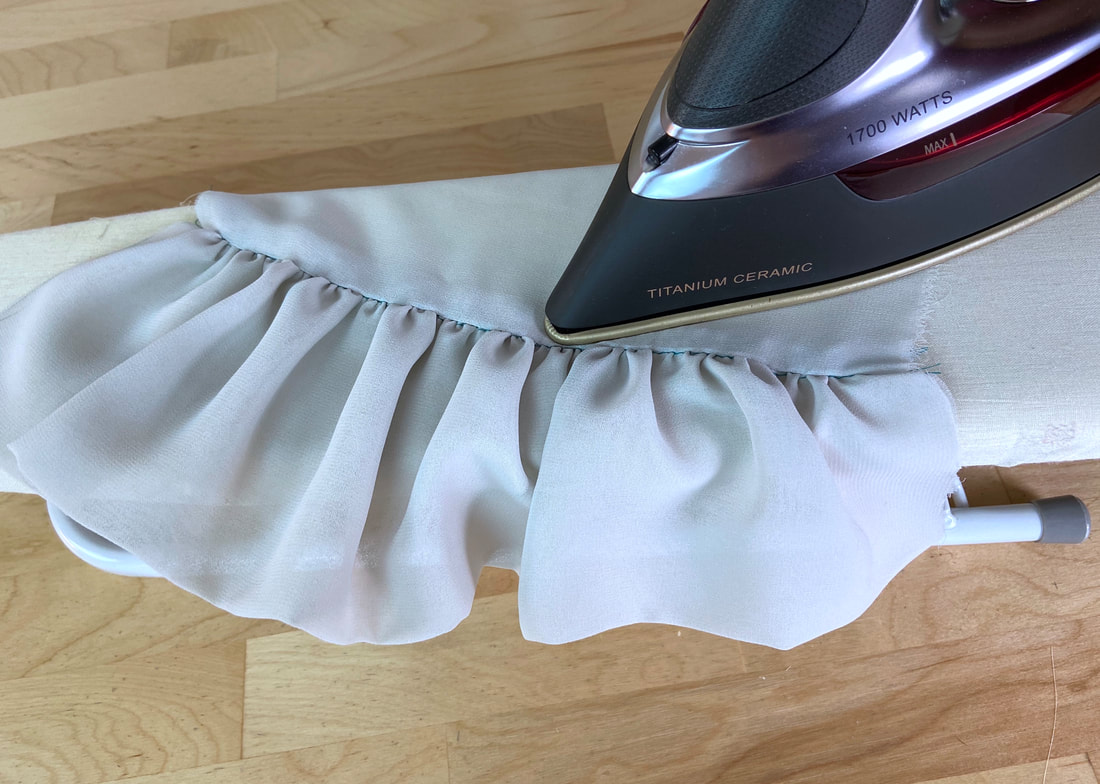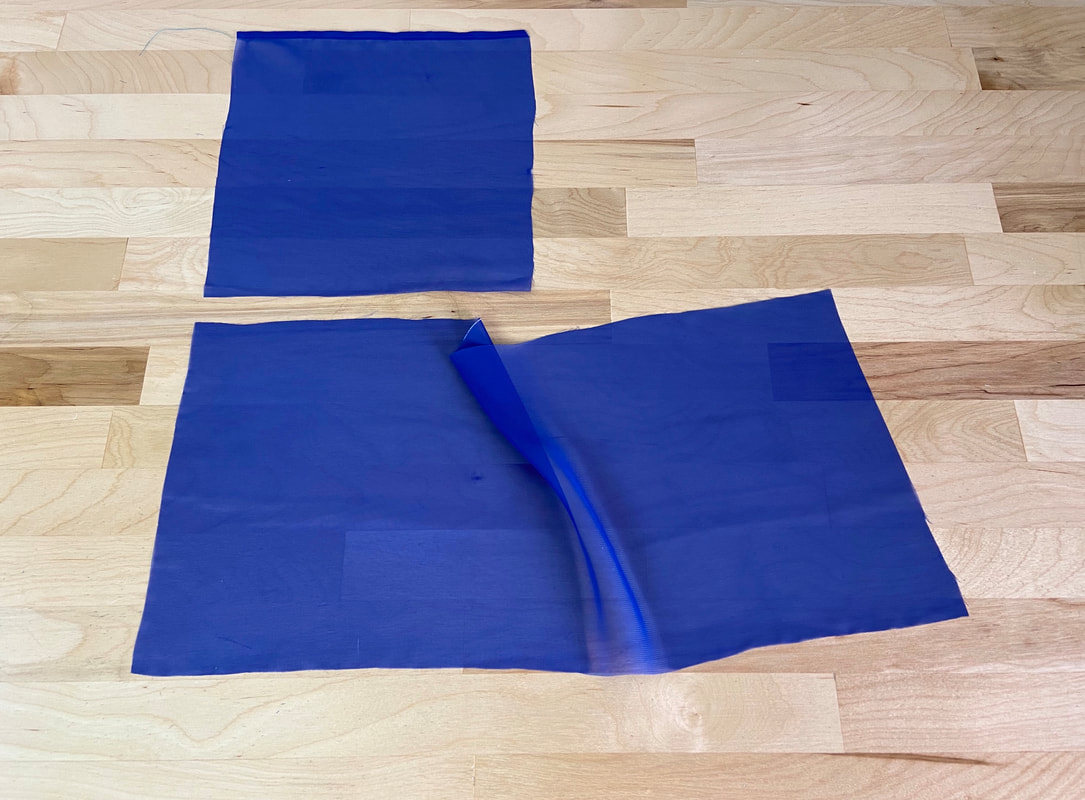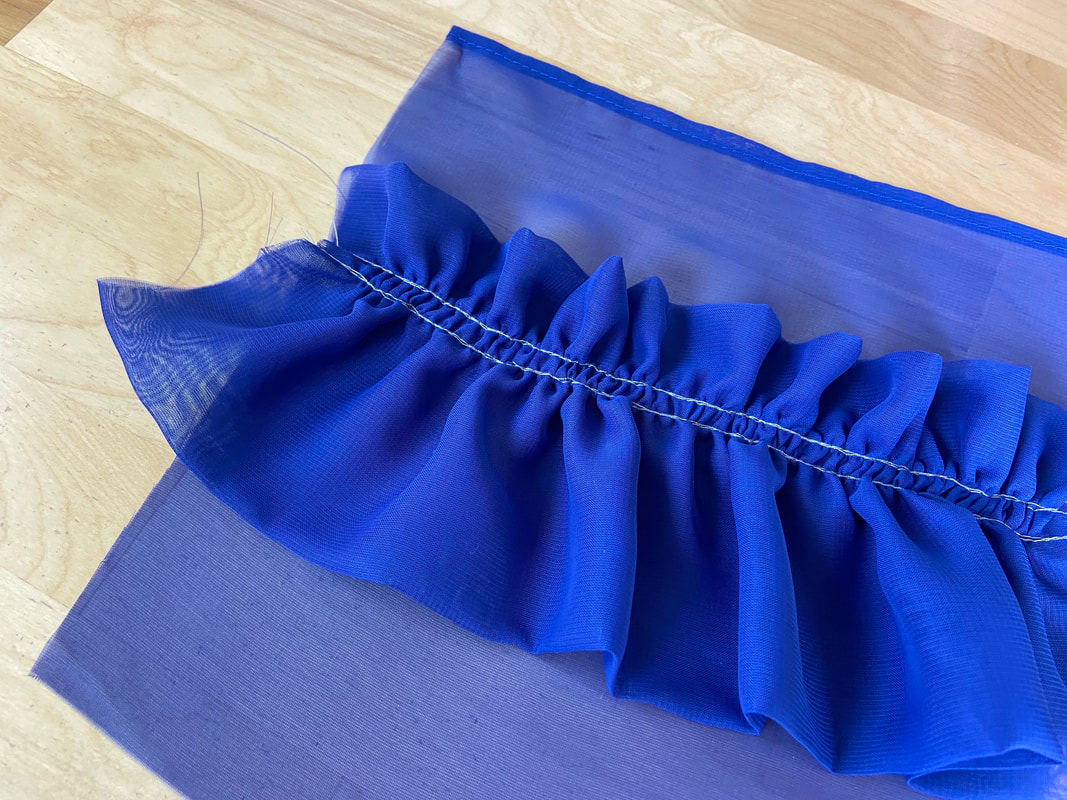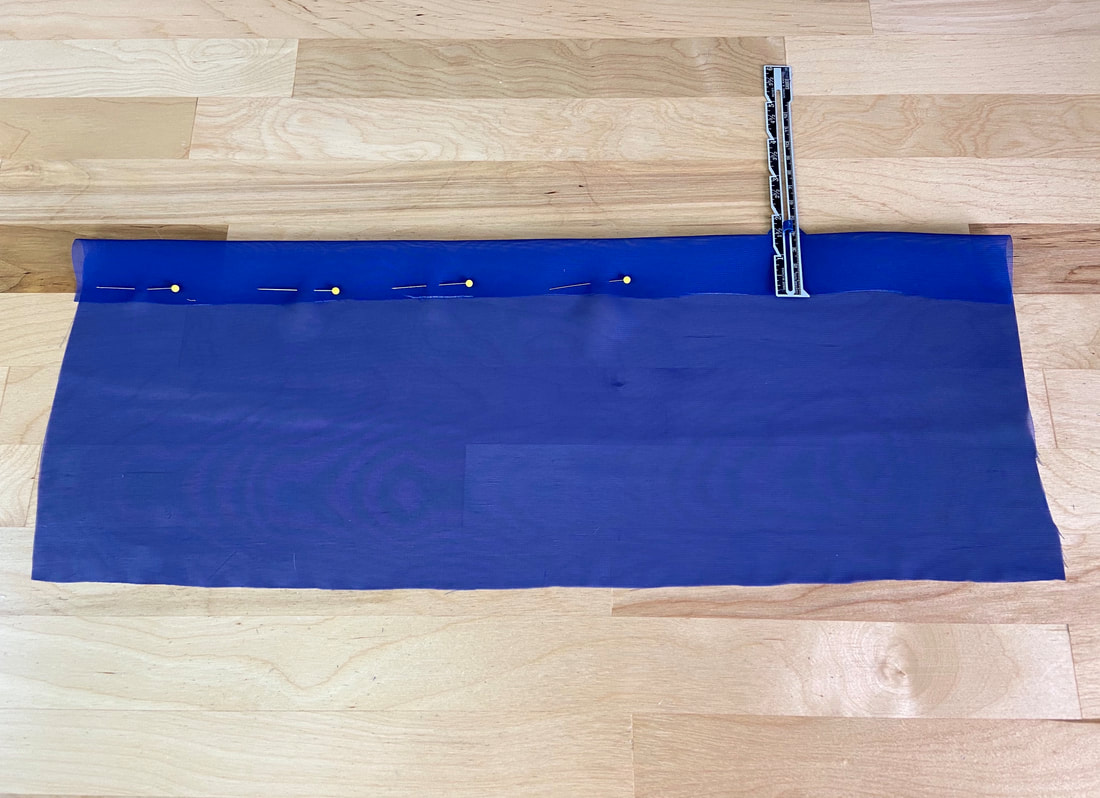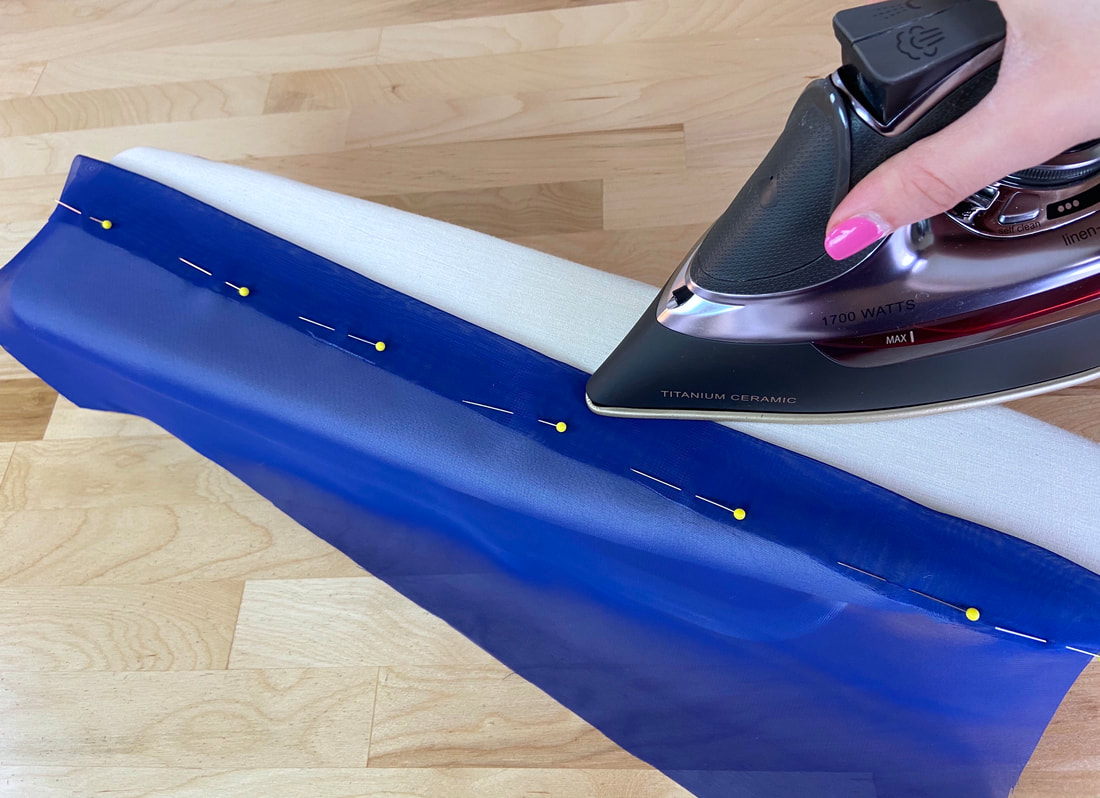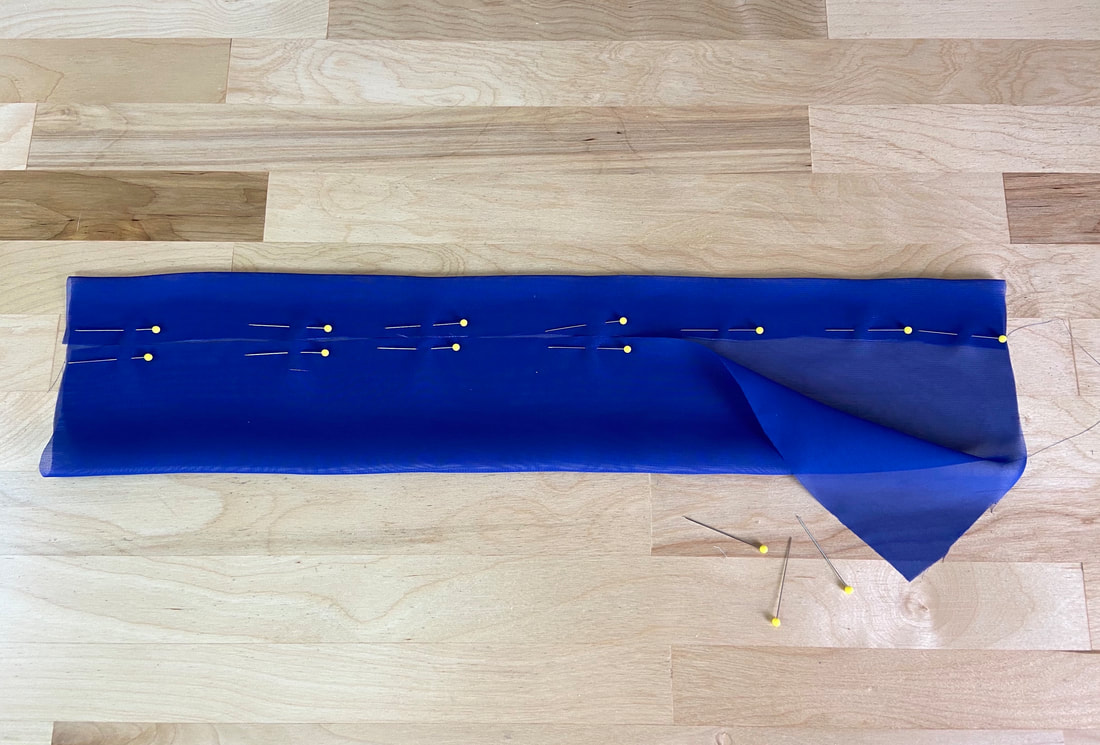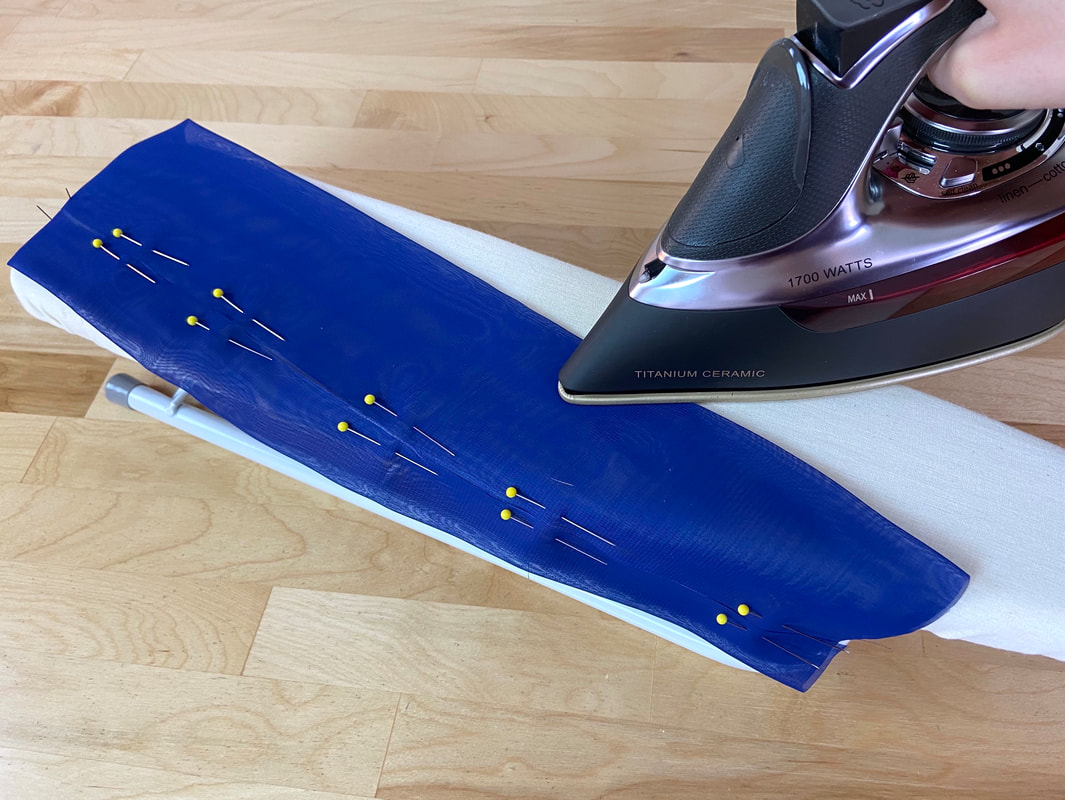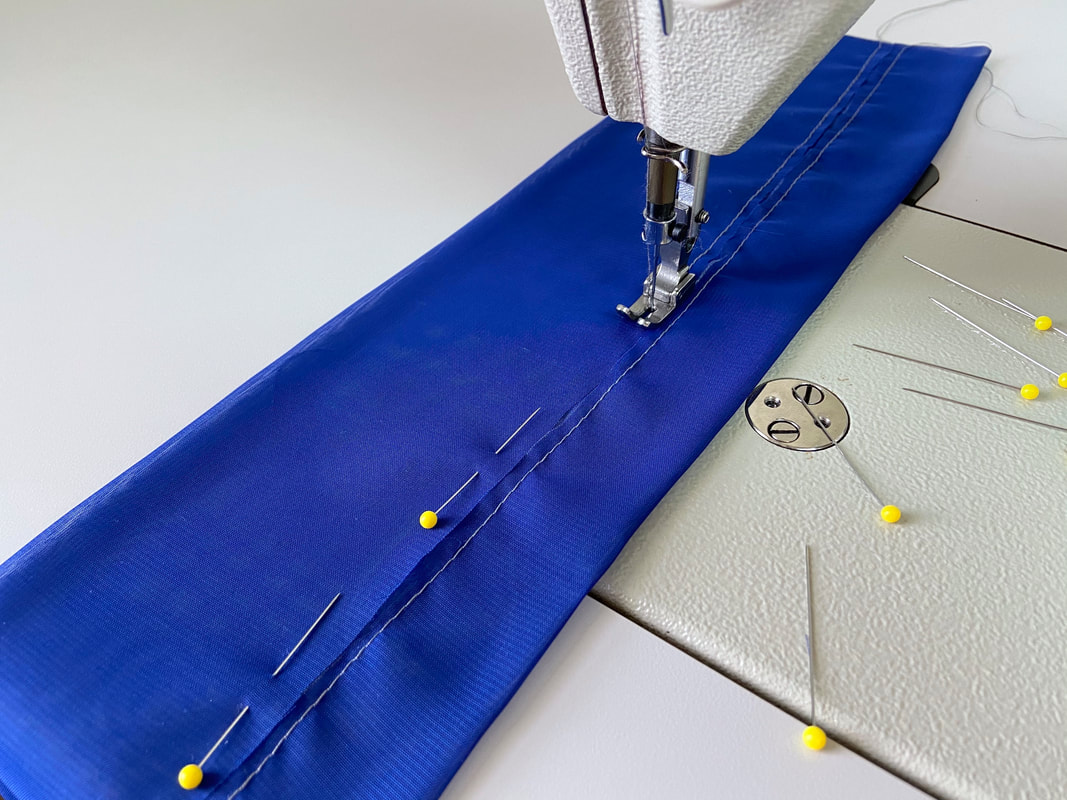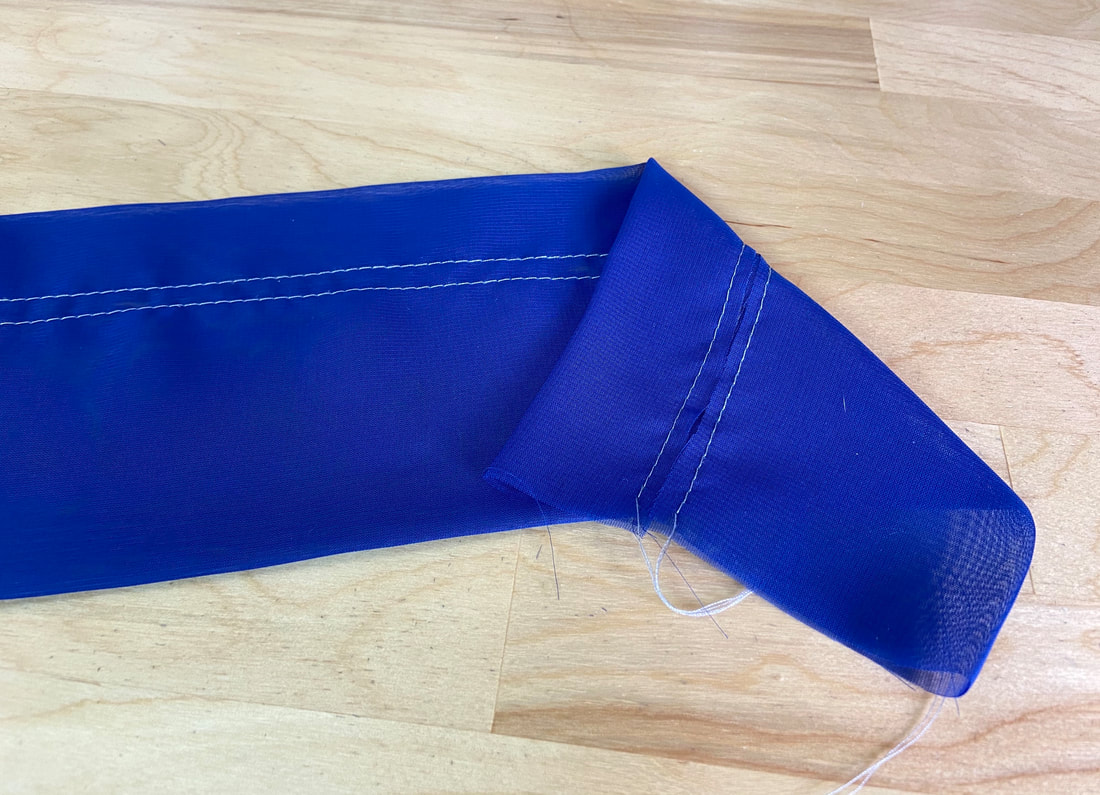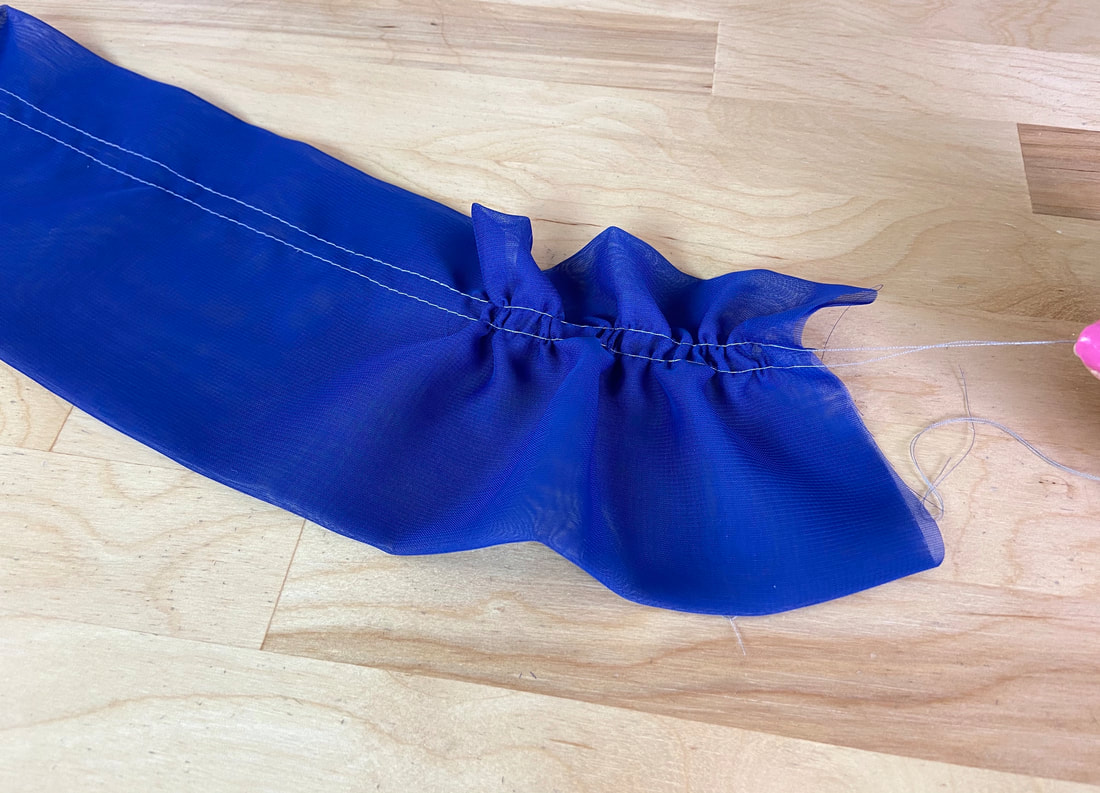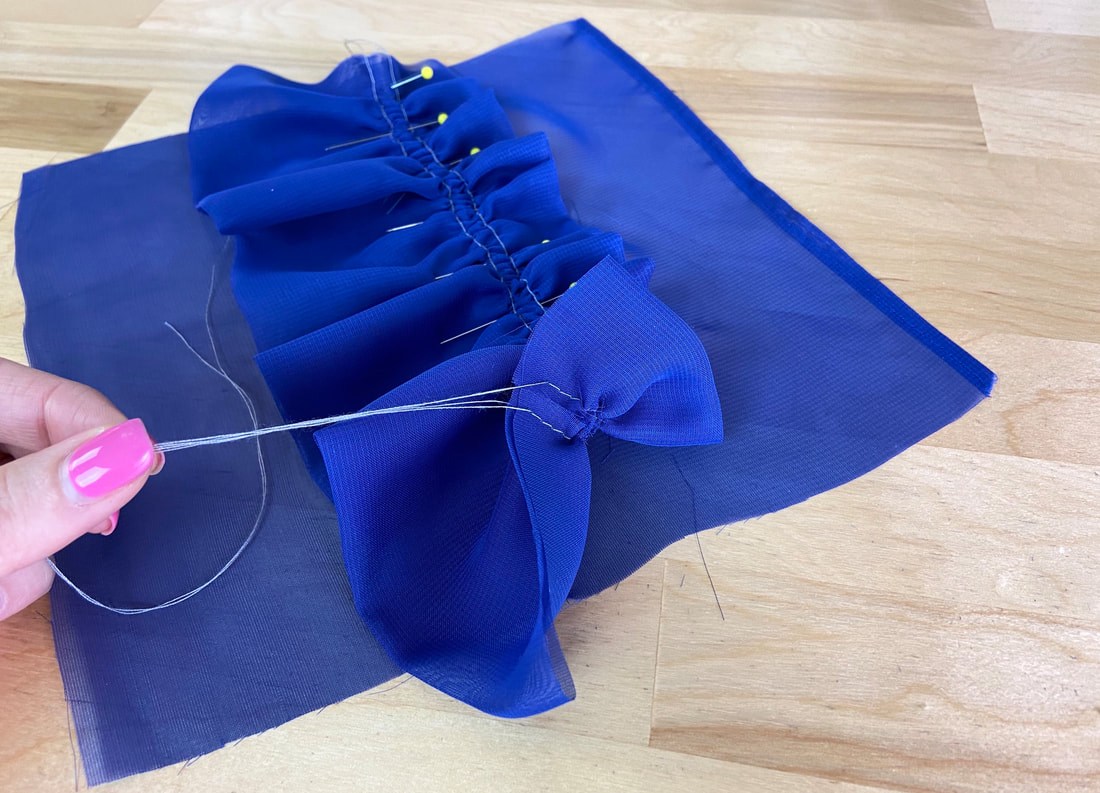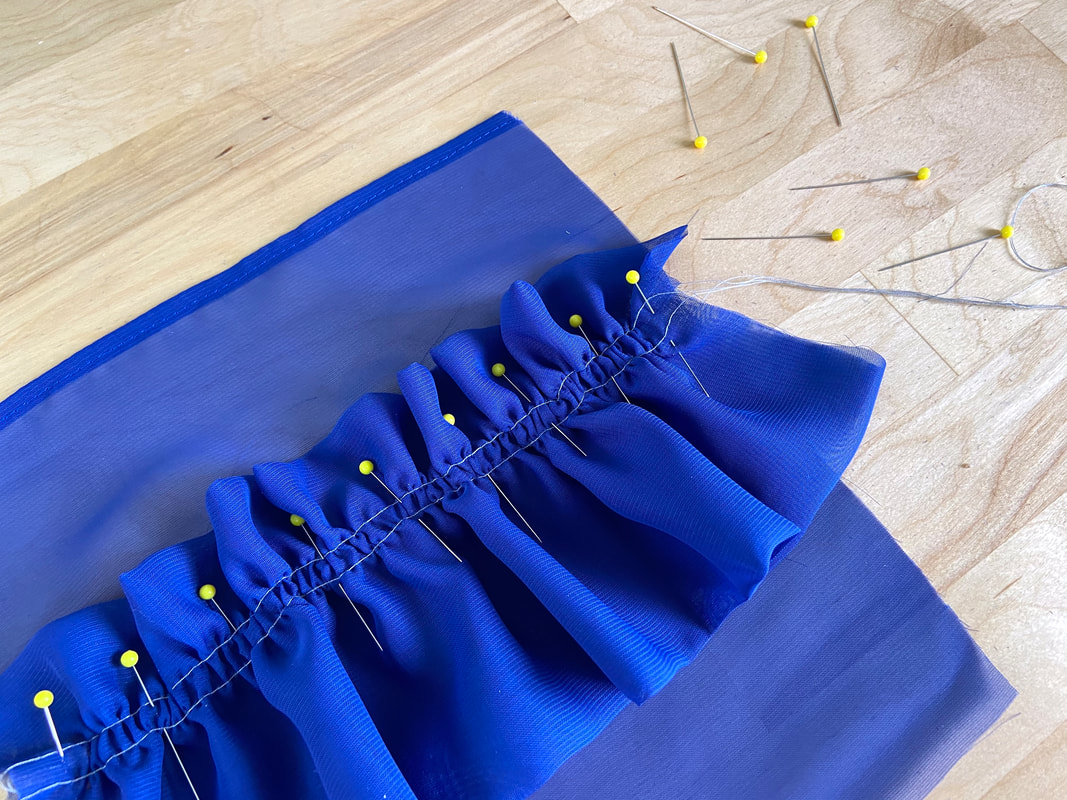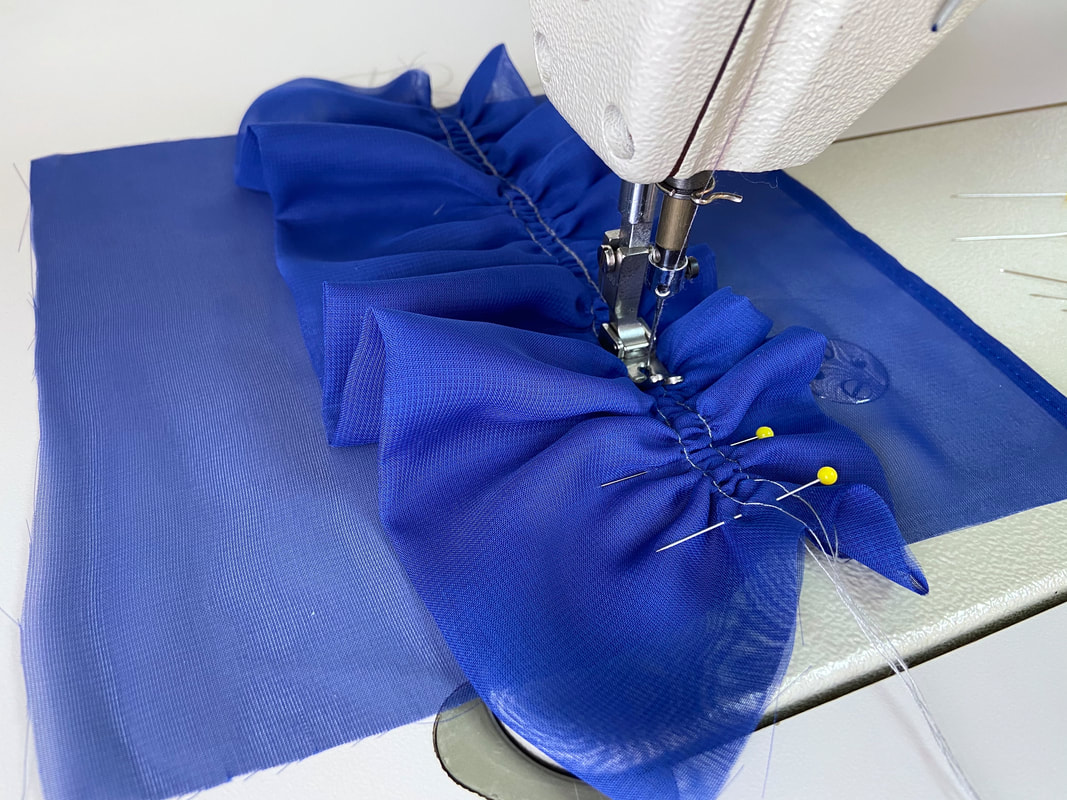What Are Double Layer Gathered Ruffles
In today’s tutorial, you’ll gain a better understanding of double layer gathered ruffles. Perhaps you’ll fall in love with this ruffle style so much, that you’ll prefer it over the conventional single layer option.
As opposed to a single layer gathered ruffle, which requires that you finish its free-hanging edge(s) individually, a double layer ruffle is self-finished by folding. The initial fabric strip is cut twice the width of the finished ruffle, and then folded onto itself to reinforce the ruffle layer and simultaneously self-enclose its free hanging edge.
While a double layer ruffle is perhaps the easiest way to finish free-hanging edges, it is not suitable for all fabrics nor is it appropriate for all designs. When it comes to gathered ruffles, the gathering itself creates some bulk and lots of volume.
In terms of a double layer ruffle, the bulk created by the gathered seam naturally, almost doubles. Therefore, a double layer technique is more suitable for sheer and lightweight fabrics since the extra layering won’t create significant bulk within the garment’s seam or the body of the ruffle itself.
When used with the right fabric, double layer ruffles provide a high-quality finish involving a lot less work. The good news is that all three conventional gathered ruffle styles: straight ruffle, heading ruffle and centered ruffle, can be constructed using the double layer technique.
Regardless of which of these three ruffles you sew, the initial fabric strip is always cut at double the width of the finished ruffle and, of course, double the seam allowances. The only difference is how each of these three ruffles are folded in the application process.
In the steps below, you will learn how to measure, mark and cut the initial fabric strip for a double layer gathered ruffle. You will then learn how to properly fold this fabric strip to create a double layer finish for the three types of gathered ruffles noted above: regular, heading and centered ruffles.
Measuring And Preparing The Double Layer Ruffle Fabric Strip
The finished ruffle in this tutorial is 4” wide.
The initial fabric strip will be cut at twice the final ruffle width plus two seam allowances. In other words, the width-related measurements calculated when preparing a single layer ruffle strip are doubled.
For the double layer style, the width is the only thing that changes. The concept of length and gathering density remains the same across all gathered ruffle applications.
Conventionally, the fabric strips used to form gathered ruffles (regardless of whether they are single or double layer) are either double or triple the length of the finished gathered ruffle.
Given the information above, let's solve this simple math problem:
Since the width of the final ruffle is 4”, the initial fabric strip (for the double layer ruffle) will be 8” wide plus two (2) seam allowances. In this example, each seam allowance is ½”. Thus, the final fabric strip width is 9" (8” plus two 1/2" seam allowances).
The length, on the other hand, will be about twice the finished 10”-long ruffle plus two seam allowances of ½” .
How To Sew A Regular Double Layer Ruffle
1. Using a ruler and fabric marking pencil (or tailor’s chalk), draw the ruffle's rectangular fabric strip on the fabric’s crosswise grain. The measurements should account for all necessary seam allowances.
2. Carefully cut the fabric strip along the marked lines.
3. As a first step in the sewing process, fold the fabric strip lengthwise with wrong sides touching and edges aligning as shown. Insert a few pins to keep the long edges aligned.
4. To facilitate the stitching process to follow, iron to crease the folded edge.
5. Apply a straight basting stitch through both layers next to the lengthwise seamline (staying within the seam allowance).
6. Next, add a second stitch about ¼” away from the first, within the seam allowance. Similar to the single layer ruffle, this double row of stitching will provide the means for actually gathering the ruffle. However, since these stitches are applied through two layers of fabric, it is a good idea to work with a longer stitch length (machine basting) as this will ensure the gathering can be pulled easier.
7. At this point, treat the double layer ruffle as you would any single layer one. Use the detailed steps in these tutorials to continue sewing and attaching the ruffle to either a garment seam or edge: Sewing a Gathered Ruffle Into a Seam and Sewing a Gathered Ruffle to a Fabric Edge
8. Last but not least, carefully iron the final ruffle seam as shown. Never iron directly on the ruffle gathering.
How To Sew A Double Layer Heading Ruffle
The secret to sewing a double layer heading ruffle is in the way the fabric strip is folded. Just like a regular ruffle (described above), the double heading ruffle strip is cut at double the finished ruffle width.
Determine the depth of the heading ruffle. In this case, the top heading portion is 1.5” wide while the bottom is 3” wide.
1. Turn the fabric strip’s top lengthwise edge at 1.5” with fabric wrong sides touching. Insert pins perpendicular to the edge to keep the folded fabric aligned in this position.
2. Iron the fold to flatten and crease the folded edge.
3. Next, bring the fabric strip’s bottom lengthwise edge up and align it to the top lengthwise edge as shown. The fabric raw edges should abut at the location of the desired heading depth. Insert pins to keep the bottom ruffle layer in this position.
4. Again, iron the bottom folded edge to flatten and smooth the ruffle strip.
5. With the abutted edges facing up, apply a machine basting stitch (straight stitch with longer stitch length) at about 1/8”-1/4” away from each raw edge. The abutted fabric edges should be centered between these two gathering stitches.
The side where the raw edges are visible will become the wrong side of the heading ruffle. If you turn the ruffle on its face side, you should have a fully-finished, double layer fabric strip.
6. Next, pull the two loose threads at each end of the stitches to gather the ruffle.
Follow the steps in this tutorial to continue sewing the heading ruffle as needed: Sewing A Gathered Heading Ruffle
If sewing a centered double layer ruffle, repeat the steps for the heading ruffle described above but this time, fold the lengthwise edges equally such that they abut exactly at the ruffle's center.


